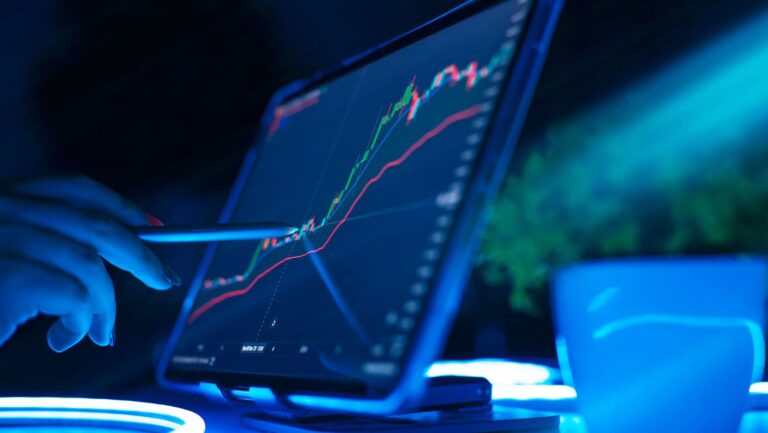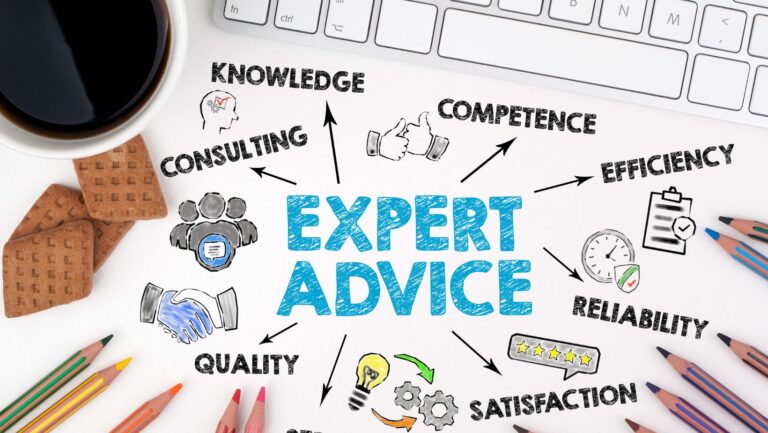Forex trading, or the foreign exchange market, involves buying and selling currencies with the aim of making a profit from fluctuating exchange rates. But what is forex trading, exactly? In simple terms, it’s the process of exchanging one currency for another, aiming to profit from changes in currency values over time. This unique, 24-hour global market is the largest financial market worldwide, making it attractive to both beginners and seasoned traders alike. In this guide, we’ll cover the essentials of forex trading to give you a solid foundation for getting started.
For those looking to expand their knowledge of trading strategies and market insights, platforms like TraderLion provide valuable resources and tools to refine your approach to the financial markets.
Understanding Forex and Its Market Dynamics
Forex trading happens on a decentralised market, meaning there’s no central location or exchange for currency trading. Instead, it operates globally through a network of financial institutions, central banks, corporations, and individual traders. This network enables 24-hour trading on weekdays across different time zones. The value of each currency is determined by a wide range of factors, including economic news, government policies, and global events. For instance, an interest rate change by the U.S. Federal Reserve can influence the demand for the U.S. dollar worldwide.
Basics of Currency Pairs in Forex
In forex, currencies are traded in pairs, where one currency is bought and the other is sold. Each pair, like EUR/USD, consists of a base currency (euro) and a quote currency (U.S. dollar). The price of the pair reflects how much of the quote currency is needed to buy one unit of the base currency. Major currency pairs, like EUR/USD or USD/JPY, are among the most traded and are typically more stable, while exotic pairs, involving currencies from emerging markets, can be more volatile.
Forex Market Hours and Perfect Times to Trade
The forex market operates around the clock, thanks to trading centres across different time zones, including Tokyo, London, and New York. These global sessions mean that currency trading never stops during the workweek.
The best times to trade are often during overlaps between sessions, such as when the London and New York sessions coincide, leading to increased trading volume and, usually, higher volatility. Higher market activity during these periods creates more opportunities for price movements, which is advantageous for traders looking to make profits.
How Leverage Works in Forex
Leverage allows forex traders to control larger amounts in trades without needing to put up the full amount. For example, with 1:100 leverage, a trader can control $10,000 with just $100 in their account. This can magnify profits, but it can also increase losses. Leverage is often described as a double-edged sword in forex trading, as small market movements can lead to either substantial gains or losses. It’s important for new traders to understand the risks of leverage and use it cautiously.
Types of Forex Orders Explained
Forex trading involves different types of orders that help traders manage how they enter and exit trades. The most common order is a market order, which buys or sells at the current price. Limit orders allow traders to specify the price at which they want to buy or sell, which helps in planning entries and exits. Stop-loss orders are used to close a trade at a specific loss threshold to manage risk. There are also take-profit orders, which close a trade once a desired profit level is reached.
Pros and Cons of Forex Trading
Forex trading has distinct advantages, such as high liquidity, a 24-hour market, and the potential for quick profits due to price volatility. Additionally, traders can often start with a relatively low capital, thanks to leverage.

However, there are also risks, including the high volatility of currency prices, which can lead to significant losses. The lack of regulation in some parts of the forex market also means there’s potential exposure to untrustworthy brokers. For beginners, understanding both the positives and negatives of forex trading is important for making informed choices and setting realistic expectations.
Forex Trading Tools You Should Know
Forex trading tools are essential for analysing market trends, tracking trades, and making informed decisions. A popular tool is the charting platform, which displays price movements and allows traders to analyse trends visually. Indicators like moving averages and the Relative Strength Index (RSI) can help identify entry and exit points. Other useful tools include economic calendars, which list important global events that may impact currency prices, and risk calculators, which help manage potential losses.
Steps to Open Your First Forex Trading Account
Opening a forex trading account is the first step to actively participating in the forex market. The process generally involves choosing a reliable broker, registering with them, and verifying your identity. After registration, you’ll need to fund your account to start trading. Many brokers offer demo accounts, which allow beginners to practice without using real money, providing a safe space to learn how the platform works and test strategies. Once comfortable, traders can switch to a live account to begin trading with real capital.
Forex trading can be an exciting and potentially rewarding way to engage with global markets. By understanding the basic concepts, choosing suitable currency pairs, learning about market hours, and using leverage responsibly, new traders can set themselves up for a better chance at success. With proper preparation, risk management, and the right tools, anyone can navigate the forex market confidently. Just remember, patience and continual learning are essential for growing as a forex trader.




